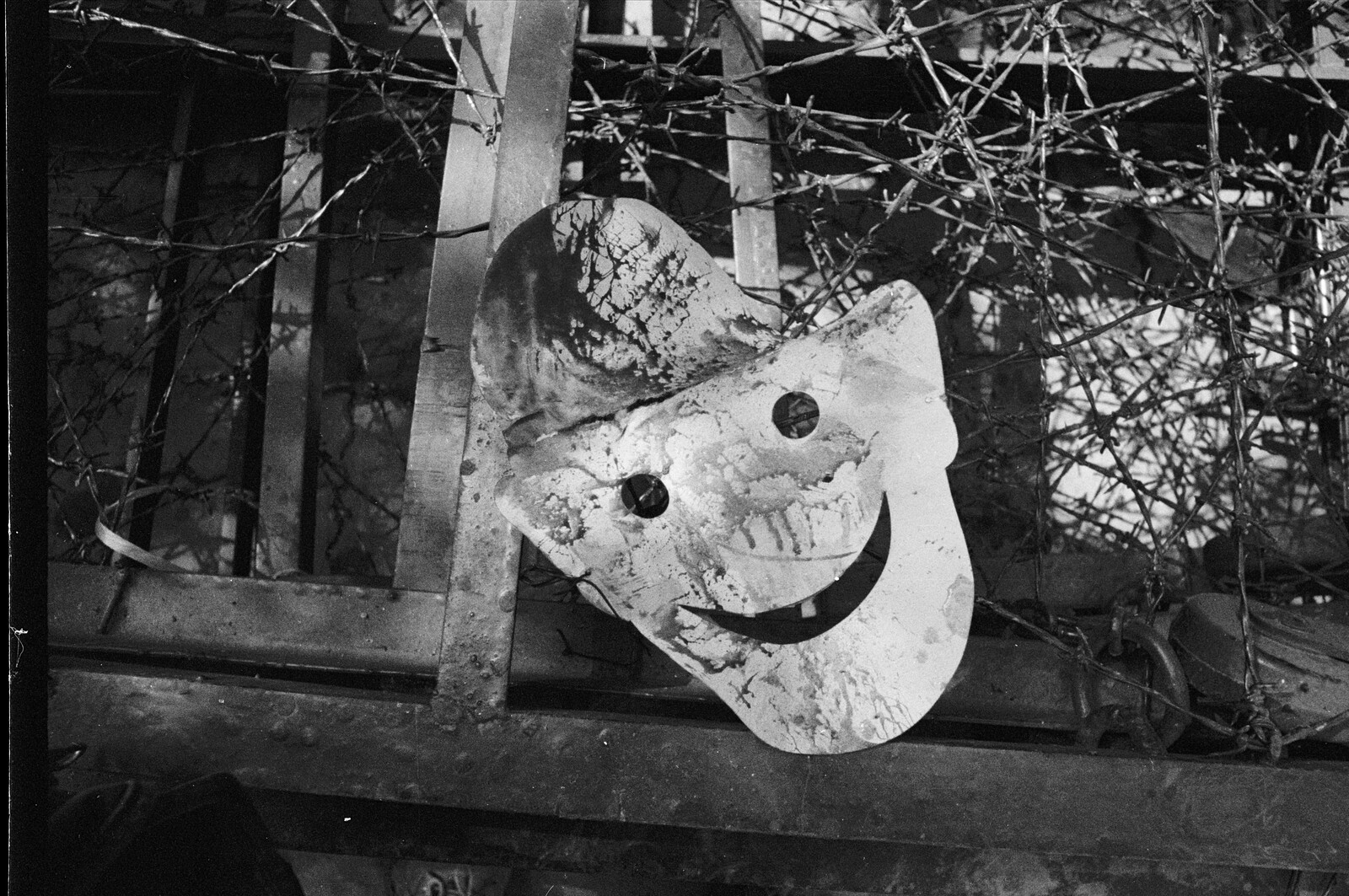August 29–October 12, 2017
Curators: Sharleen Yu, Liu Chen-hsiang
Artists/Group: Liu Chen-hsiang, Hsu Po-hsin, Huang Tzu-ming / The Green Team
Martial law was imposed in Taiwan on May 19, 1949 and lifted by President Chiang Ching-kuo on July 15, 1987. Over the course of the 38-year-long martial law period, the basic human and civil rights guaranteed to the people by the Constitution, including freedoms of speech, privacy and correspondence, assembly, association, procession, petition, etc., were all abrogated.
The lifting of martial law was a major watershed in the development of Taiwanese society. It came after nearly four decades of rapid economic growth and modernization, progressive loss of the island’s international status, and a resurgence of political activism from the late 1970s.
This year marks the 30th anniversary of the end of the martial law period. To commemorate, Taipei Fine Arts Museum has organized this exhibition, featuring documentary photographs of political and social movements from 1986 to 1990, a time when Taiwan was undergoing drastic transformation on many fronts.
In the 1980s, “political photography,” in coordination with Tangwai (non-ruling party) magazines, focused on political events and mass rallies and took a critical stance in opposition to the government. Employing a passionate visual vocabulary, it inveighed against violence on the part of the national government, achieved concrete political action, and realized the possibilities for Taiwanese photography to effect political reform. Photographs, viewed as documents in a wider sense of the word and references to particular places, events, persons, etc., also served as evidence at the level of governance and law. They were witnesses both “on the scene” and “away from the scene.” Those in power used documentary photographs to impose their public authority, and the oppressed used them to denounce oppression and injustice, to call for the righting of wrongs and for change. The camera lens is responsible only for capturing images; questions and interpretations come from the gaze of the photographer and the photographed. The exhibition History’s Shadows and Light ponders some of the issues that arose with the lifting of martial law, such as human rights, farmers’ and workers’ movements, and environmental protection, as documented through the photojournalism of Liu Chen-hsiang, Huang Tzu-ming and Hsu Po-hsin, and the precious documentary films of The Green Team.
Moreover, in the early 1990s, when digital cameras had yet to become commercially available, photojournalists working for then leading newspapers—China Times, United Daily News, Independence Morning/Evening Post and Tangwai magazines, including Yeh Ching-fang, Liu Chen-hsiang, Pan Hsiao-hsia, Huang Tzu-ming, Hsu Po-hsing, Kuan Hsiao-jung, Chou Ching-hui, Tsai Ming-de, Hsu Tsun-hsu among others, still used film cameras. Every day after photographing a news event, they had to go into the darkroom to develop and fix their photos. Only after they had chosen the most suitable prints and submitted them to their editors was their work complete. As media restrictions were lifted in the 1990s, the media burgeoned, and demand for images surged. This in turn gave photographers more room to develop themselves. Thus, some photojournalists not only provided a clean and accurate record of events, but also began experimenting with visual effects—coarse granularity, high contrast or even out-of-focus or blurred images—to convey a realistic perception of the conflict and passion at the scene. One example is Yeh Ching-fang of the China Times, who published photos of fist-fights in the legislature.
Not only did political photography, born around the lifting of martial law, embody the values of humanitarianism and social justice, as well as the passions of social movements while employing props, theater, song and dance—such as the black masks that the blacklisted Taiwanese independence activist Kuo Pei-hung used to evade detention after returning from the United States—but it also expanded the expressive force and contagious appeal of the contemporary photographic aesthetic.
Sponsor: Taipei Cultural Center, TECO-NY
Organizer: Taipei Fine Arts Museum
In Cooperation with: Green Team Documentary Association Taiwan



